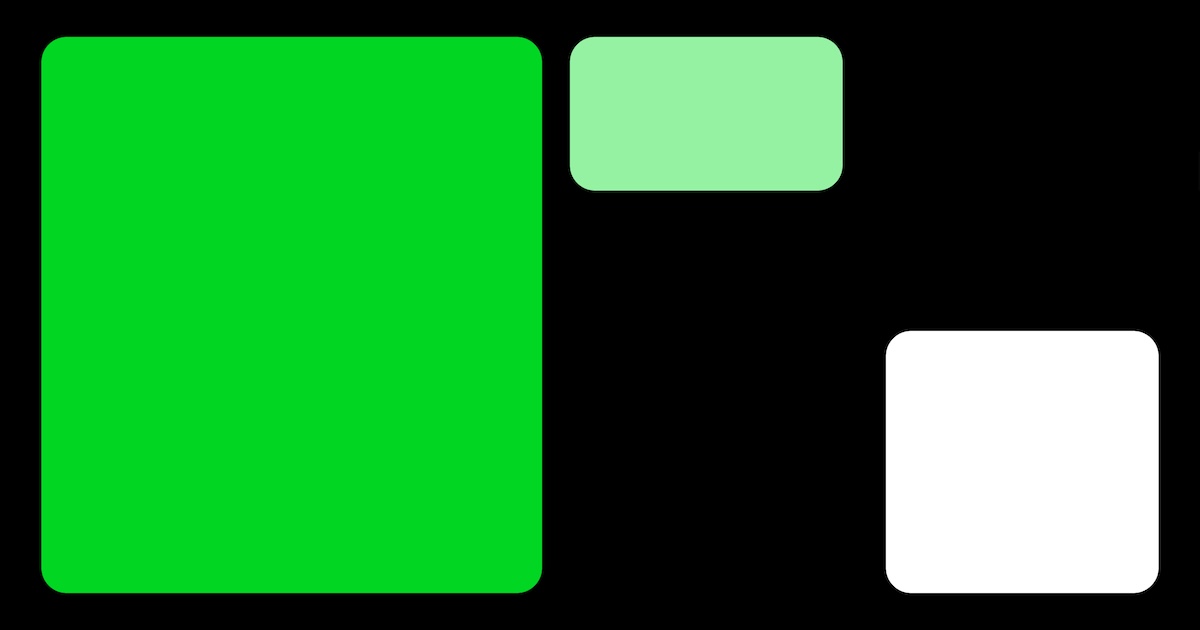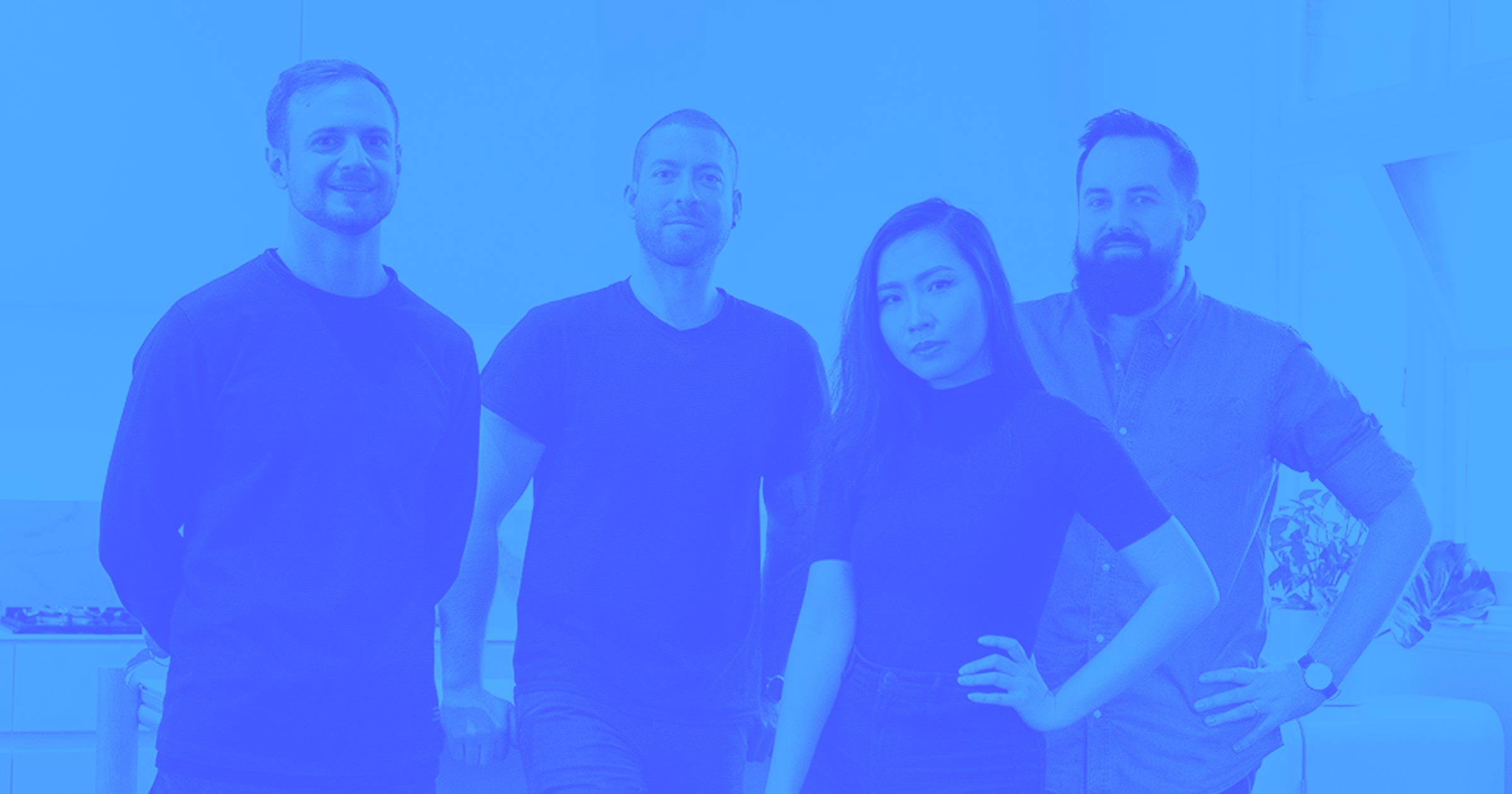All engineers at Webflow are aware that we stand on the shoulders of giants, great minds that paved the way for us to deliver a piece of software as complex as ours.
Some of the foundational blocks of our platform are open-source software (OSS) projects written by talented engineers around the world that donate their work without expecting much in return. We believe companies own these creators a fair share of gratitude and then some.
However, let’s be honest: the reasons to fund OSS projects are as practical as they are ideological. For us at Webflow, if some of these projects were to be abandoned due to a lack of support or “maintainers' burnout”, we would have a hard time replacing them, costing us time and money. It is in our best interest to fund critical software projects that we use, no matter if it comes from our engineers or from others.
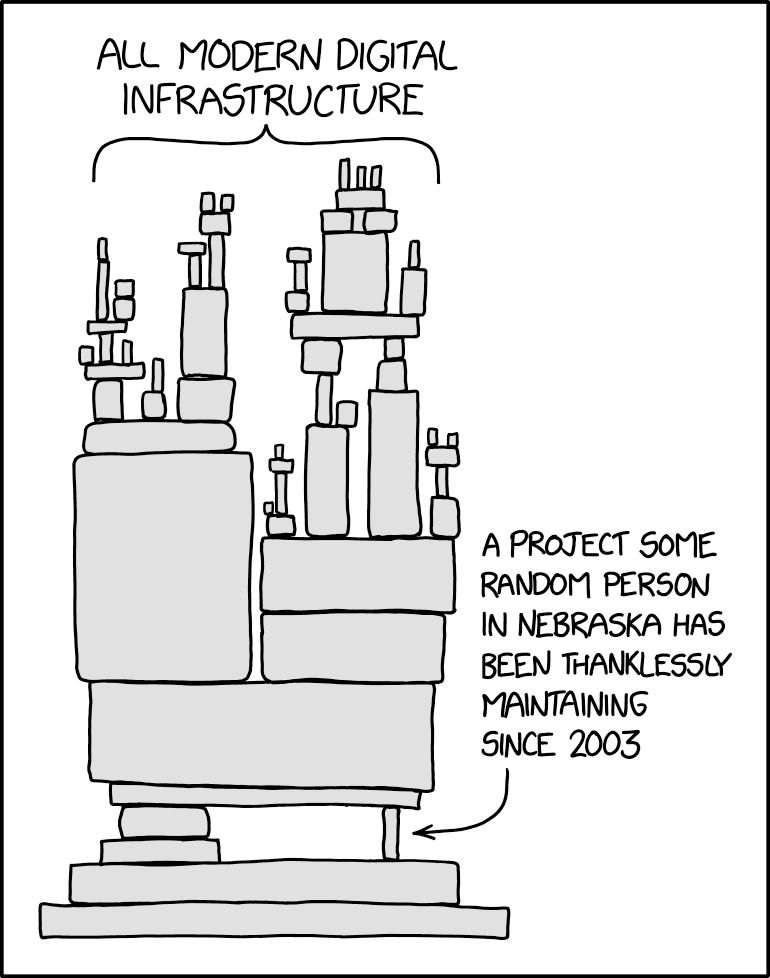
Until now, our efforts to fund OSS projects were the product of Vlad (co-founder of Webflow, current Chief Innovation Officer, and big believer of OSS) personally choosing projects that were important to Webflow and setting funding priorities. Although this was an initiative born out of passion, it was not sustainable and it did not feel… Webflow enough. So we scrapped our funding efforts and decided to start anew.
To begin with, we are not too fond of a rigid top-down authority: our day to day decisions are based on cross-hierarchical collaboration and agreement. Likewise, we wanted this OSS funding drive to be a bottom-up project born out of engineers' conviction. It all started with a message on Slack.

Results poured in and after a couple of weeks we had multiple candidates. Like any other truly Webflow project, it ended up being a data-driven effort. We had a given budget for funding and we thought that giving the same money to all projects would be wasteful: some projects are more important for us than others, some projects need the money more than others, some projects were voted on by more people than others. We decided that the amount of money we would support each project with should be prioritized based on certain parameters. The whole process should be easy to replicate in the future and open to evolution and change, as well as auditable and transparent. We created what we called an “Impact Grid” based on the following criteria:
- Relevance to Webflow: The project should be widely used or critically important to Webflow’s current or future operations.
- Impact of contribution: The donation should significantly impact the project’s sustainability and development.
- Potential for contribution: Preference is given to projects where Webflow employees are or could potentially be contributors.
- Community and maintenance: The project should have an active and engaged community and be well-maintained.
- Internal support: How many Webflow employees have marked this project as a preferred funding target.
Each project got a score from 1 to 5 for each parameter (which in turn had a multiplier depending on its relevance). Finally, the funding was divided roughly based on the final score for each project.
We already discussed several traits of this project that we think are pretty Webflow-y in nature: open to everyone, transparent, data-driven. We also believe in incremental, safe changes. We are no longer a small startup with ten great engineers that can pivot its product at every turn. Hundreds of thousands of people and millions of production websites rely on Webflow being a dependable platform and we need to honor this trust at every step. That’s why we decided that our OSS funding drive should develop similarly: we are starting small, making sure that we allow other teams (legal, security, finance) to be comfortable with it. Each quarter we will review its success, its impact, how people feel about it, and then expand it or continue experimenting. A voting poll will be continuously open and we will revisit our funding priorities every quarter.
In the end, we’ve decided to start funding 4 projects which we consider important to Webflow:
- CodeMirror: An excellent code editor for the web. Making a code editor is hard. Even though other companies have recently released alternatives (hello, Monaco!) CodeMirror is still more flexible, powerful, and lightweight than its competitors. An amazing piece of software.
- TanStack: We internally use TanStack Query as a data loading library for our REST endpoints. On top of that, its creator is a force of nature in the OSS world and they deserve tons of support.
- Emotion: A library that enables us to easily do CSS-in-JS throughout the whole codebase, powering Spring, our design system. It has been around for a while and it’s battle tested and solid.
- Reactflow: A React library for building node-based editors and interactive diagrams. We are using it internally on some projects we cannot still discuss publicly.
Kickstarting this project means a lot to all engineers at Webflow and we are super excited to have this opportunity. We are also excited to hear from the community. What is your approach to funding OSS projects? What do you think of ours? As always, we are open to learning more and continuing to evolve.









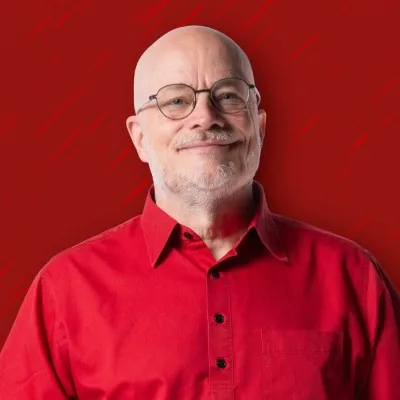




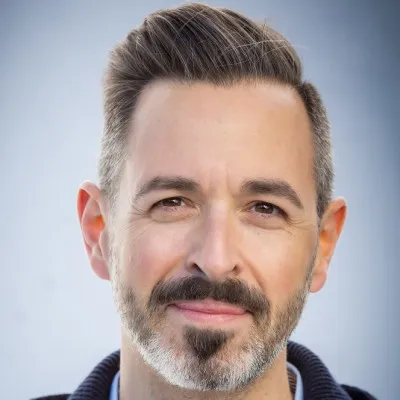


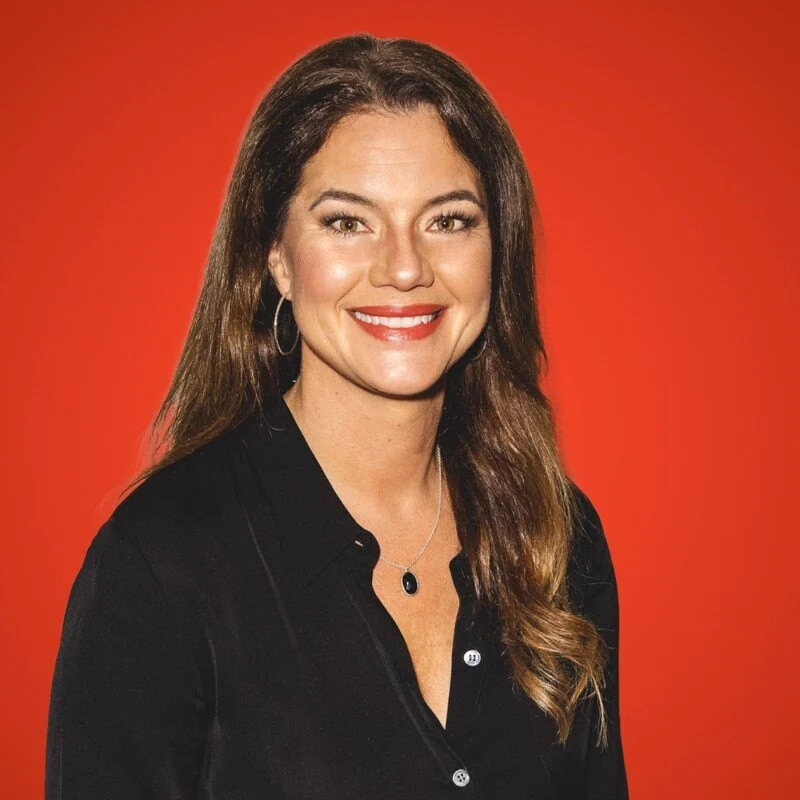

We’re hiring!
We’re looking for product and engineering talent to join us on our mission to bring development superpowers to everyone.








